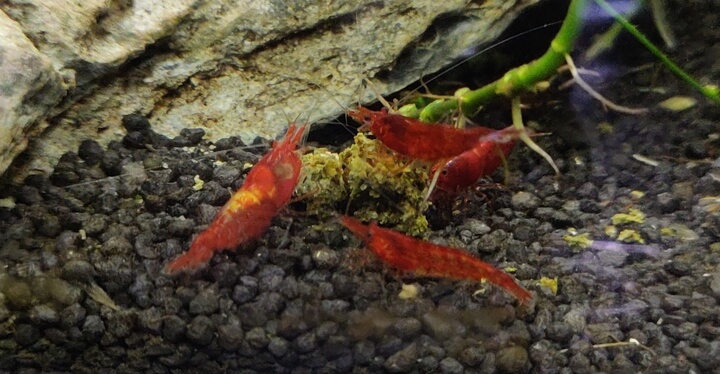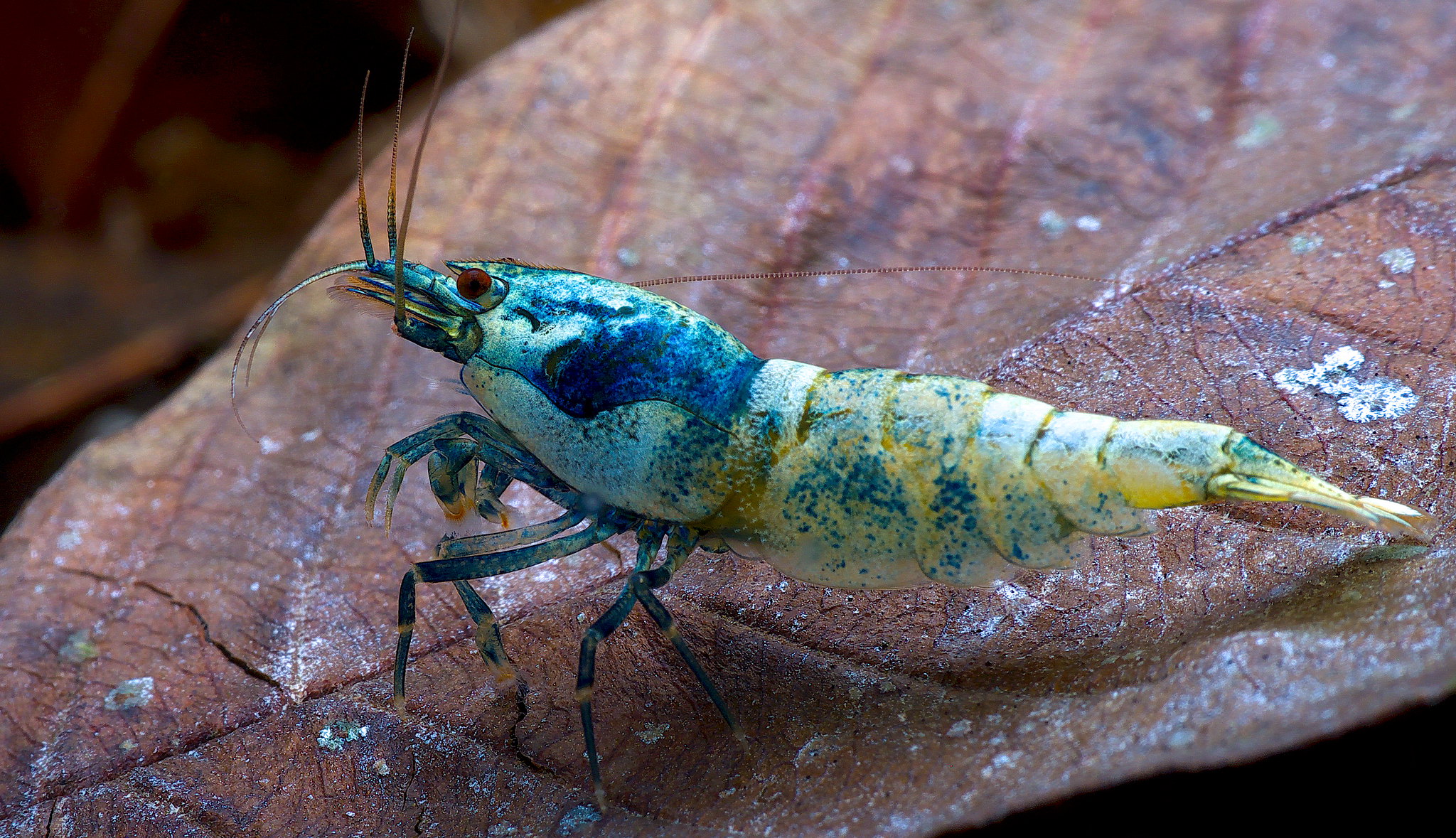If you’re interested in breeding your shrimp, you should know important breeder language.
Shrimp saddle refers to the spot behind a female shrimp’s back that looks very similar to a horse saddle. This saddle contains eggs, specifically those that aren’t fertilized yet. Saddles will occur whether or not there’s a male — but only when there’s a male will the female be able to create her young.
Still feeling confused? In this article, we’ll discuss shrimp saddle, what it is exactly, what it means, and other details you should know as an aspiring breeder!

Table of Contents
What is a shrimp saddle?
A shrimp saddle, as explained above, is a spot that appears behind a mature female shrimp’s back. Due to its shape, it’s reminiscent of a horse’s saddle, hence the name.
Shrimp saddles are important for two main reasons. The first one is that it’s a surefire way to know that your shrimp is female. Two, it signifies fertility in adult female shrimps.
When you see a shrimp saddle, it means that the female shrimp is ready to have young. After all, the saddle contains plenty of unfertilized eggs that are ready The saddle actually contains eggs that will have to be fertilized by a fertile male.
The act of fertilizing the saddle is called “berry.” In short, if a saddle is berried, that means the eggs have been fertilized. It’s now just a matter of waiting when the young shrimp will come out.
What is saddle in cherry shrimp?

Saddle in cherry shrimp means exactly what it means in any other shrimp species.
In cherry shrimps particularly, the saddle is a green or yellow spot on their back. Sometimes, it’s very obvious, but it’s also not uncommon to see shrimp with less obvious saddles.
That said, since cherry shrimps are typically a vibrant red color, it should be very easy to see if they have a differently-colored spot on their backs.
Of course, if your cherry shrimp’s color looks a bit washed out, it may be more difficult to see yellow eggs at the back. You may have to look closely in order to spot them accurately.
How can you tell if shrimp are saddled?
Again, you can easily tell if shrimp are saddled by looking for a differently-colored spot on their backs. It’s not always obvious for all shrimps, and the exact color can also differ per shrimp variety.
For instance, amano shrimp may have a different color of saddle from cherry shrimp. And the saddle of a cherry shrimp differs from the saddle of a ghost shrimp, and so on.
Why is that, you may ask? This is because a shrimp’s saddle depends on the color of their eggs, and eggs can vary in color depending on the species.

Also, keep in mind that for opaque shrimps, it may be very difficult to spot their saddles. This is true for shrimp species like the blue bolt shrimp. Since their bodies aren’t see-through, you won’t be able to see their eggs behind their back either.
How long does a shrimp have a saddle?
Shrimps don’t usually have the saddle for long. Many aquarists don’t even notice the saddles unless they’re looking out for them specifically.
Shortly after having the saddle, the female shrimp will release hormones into the water. All the males nearby will be able to detect this, and they will soon swim towards the female, trying to mate with her. If they manage to mate successfully, the eggs contained inside the saddle will be passed to the shrimp’s bottom parts.
Once this happens, the ‘saddle’ will essentially disappear because it will transfer to another part of the shrimp’s body.
How long does it take for a saddle to berried?
As mentioned above, after the male is done fertilizing the eggs, they will transfer to the shrimp’s bottom parts.
Since they’re now at the bottom, they don’t look like a saddle anymore. Instead, they look like berries – hence the term ‘berried.’
Once the shrimp is berried, it will stay like this for about a month until the eggs hatch. You can even look closely and see the baby shrimp moving inside the eggs in the shrimp’s bottom areas.
Now you know what shrimp saddle means! If you want to learn more, be sure to check out our other aquarium posts!